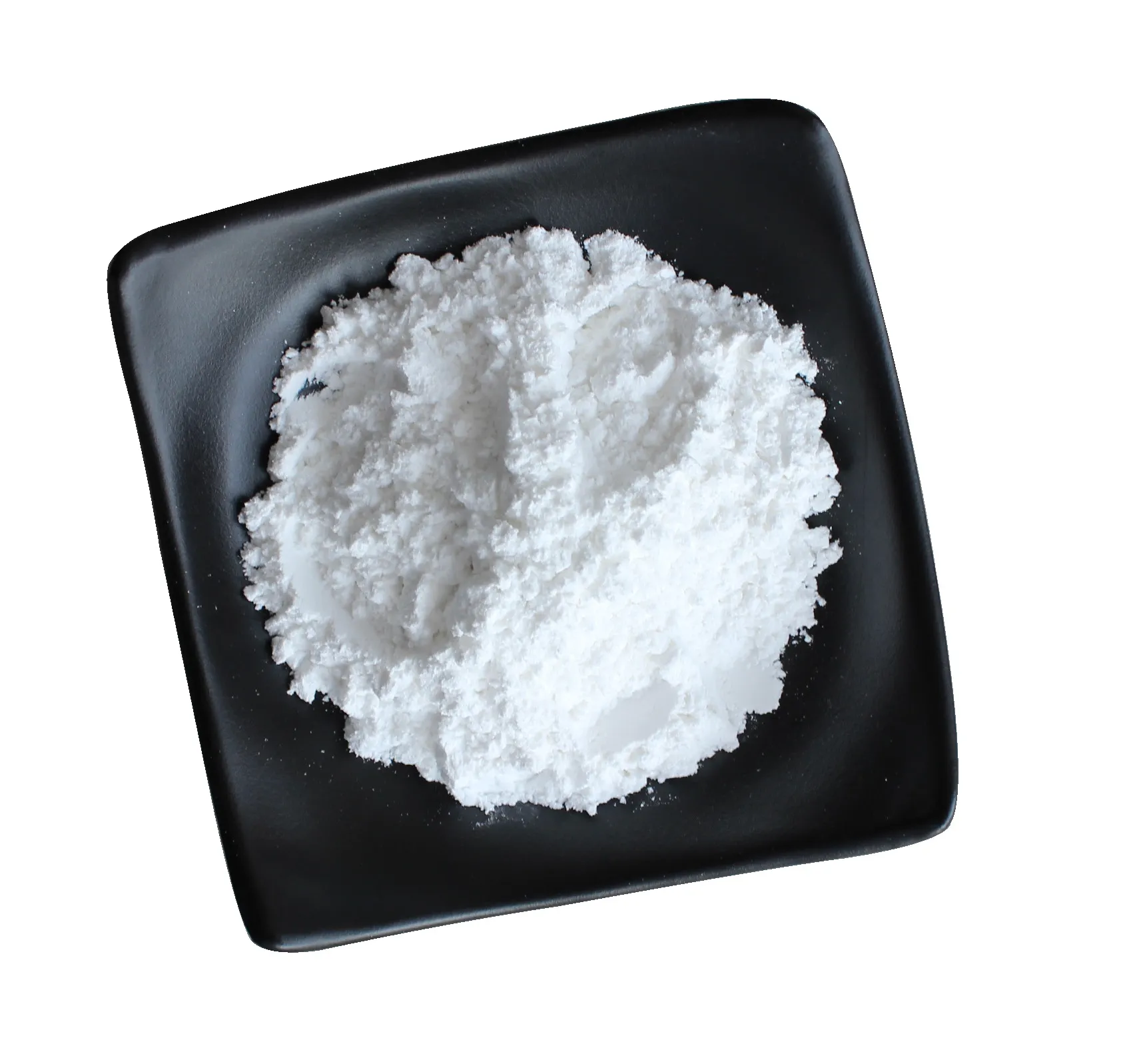Warning: Undefined array key "file" in /home/www/wwwroot/HTML/www.exportstart.com/wp-content/themes/1198/header.php on line 7
Warning: Undefined array key "title" in /home/www/wwwroot/HTML/www.exportstart.com/wp-content/themes/1198/header.php on line 7
Warning: Undefined array key "title" in /home/www/wwwroot/HTML/www.exportstart.com/wp-content/themes/1198/header.php on line 7
- Afrikaans
- Albanian
- Amharic
- Arabic
- Armenian
- Azerbaijani
- Basque
- Belarusian
- Bengali
- Bosnian
- Bulgarian
- Catalan
- Cebuano
- China
- China (Taiwan)
- Corsican
- Croatian
- Czech
- Danish
- Dutch
- English
- Esperanto
- Estonian
- Finnish
- French
- Frisian
- Galician
- Georgian
- German
- Greek
- Gujarati
- Haitian Creole
- hausa
- hawaiian
- Hebrew
- Hindi
- Miao
- Hungarian
- Icelandic
- igbo
- Indonesian
- irish
- Italian
- Japanese
- Javanese
- Kannada
- kazakh
- Khmer
- Rwandese
- Korean
- Kurdish
- Kyrgyz
- Lao
- Latin
- Latvian
- Lithuanian
- Luxembourgish
- Macedonian
- Malgashi
- Malay
- Malayalam
- Maltese
- Maori
- Marathi
- Mongolian
- Myanmar
- Nepali
- Norwegian
- Norwegian
- Occitan
- Pashto
- Persian
- Polish
- Portuguese
- Punjabi
- Romanian
- Russian
- Samoan
- Scottish Gaelic
- Serbian
- Sesotho
- Shona
- Sindhi
- Sinhala
- Slovak
- Slovenian
- Somali
- Spanish
- Sundanese
- Swahili
- Swedish
- Tagalog
- Tajik
- Tamil
- Tatar
- Telugu
- Thai
- Turkish
- Turkmen
- Ukrainian
- Urdu
- Uighur
- Uzbek
- Vietnamese
- Welsh
- Bantu
- Yiddish
- Yoruba
- Zulu
Abu . 06, 2024 08:06 Back to list
Exploring the Measurement of Propylene Glycol Concentration Using a Refractometer for Accurate Analysis
Understanding Refractometry and Its Application in Measuring Propylene Glycol Concentration
Refractometry is a vital analytical technique used across various industries, from food and beverage to pharmaceuticals and chemicals. At its core, this technique involves measuring the refractive index of a solution, which can provide insights into its composition, concentration, and purity. One specific application of refractometry is in the determination of propylene glycol concentration in various formulations. Propylene glycol, a colorless, odorless liquid with a slightly sweet taste, is widely used as a food additive, solvent, and pharmaceutical ingredient.
The Principle of Refractometry
The refractive index is a dimensionless number that indicates how much light is bent, or refracted, when entering a material. In a refractometer, a beam of light passes through a sample. The degree of bending of the light depends on the sample’s refractive index, which in turn is influenced by its composition. Refractometers can be categorized into two main types handheld and digital. Handheld refractometers are portable devices that are easy to use and are typically employed in field settings, while digital refractometers provide high precision and are often used in laboratory environments.
Measuring Propylene Glycol
When it comes to propylene glycol, its purity and concentration are crucial, especially in food and pharmaceutical applications where safety and efficacy must be guaranteed. Propylene glycol is regarded as generally recognized as safe (GRAS) by the FDA, but its concentration must be accurately measured to ensure compliance with standards. The use of refractometry simplifies this process.
refractometre propylene glycol

To measure propylene glycol concentration using a refractometer, a sample of the solution is placed onto the refractometer’s prism, and the device provides a reading directly correlated to the refractive index of the sample. Calibrating the refractometer with known standards is critical for achieving precise results. Since the refractive index varies with the concentration of solutes, a chart or formula linking the refractive index to specific concentrations of propylene glycol is often used. This allows for quick determination of the concentration based on the measured refractive index.
Advantages of Using Refractometry
Refractometry offers several advantages when measuring propylene glycol concentration. Firstly, it is a rapid method, providing results within seconds, making it ideal for quality control processes where time is of the essence. Secondly, it requires only a small sample size, which is particularly advantageous in situations where the available sample is limited. Additionally, refractometers are relatively straightforward to use, reducing the likelihood of human error in analysis.
Another noteworthy advantage is that refractometry is a non-destructive technique. This means that the sample can still be utilized for further analysis or testing after the measurement. Furthermore, because it involves optical measurement, refractometry is less influenced by variations in color and turbidity, making it suitable for a wide range of applications where these factors may affect other analytical methods.
Conclusion
In conclusion, refractometry serves as a powerful tool for measuring the concentration of propylene glycol in various solutions. Its rapid response time, low sample requirement, and ease of use make it an invaluable instrument in quality control and compliance testing across industries. As businesses continue to seek efficient and accurate methods of measuring ingredient concentrations, refractometry will undoubtedly play a key role in ensuring the safety and integrity of products containing propylene glycol, whether in food, beverages, or pharmaceuticals. By harnessing the principles of refractometry, manufacturers can uphold quality standards while delivering safe, effective products to consumers.
Latest news
-
2025 European Fine Chemicals Exhibition in Germany
NewsMay.13,2025
-
2025 New York Cosmetics Ingredients Exhibition
NewsMay.07,2025
-
Zibo will host the 2025 International Chemical Expo
NewsApr.27,2025
-
2025 Yokohama Cosmetics Raw Materials and Technology Exhibition
NewsApr.22,2025
-
2025 India Mumbai Fine Chemicals Exhibition
NewsApr.18,2025
-
Nanjing will host the 2025 Yangtze River Delta International Chemical Industry Expo and the National Chemical Industry Conference
NewsApr.15,2025

